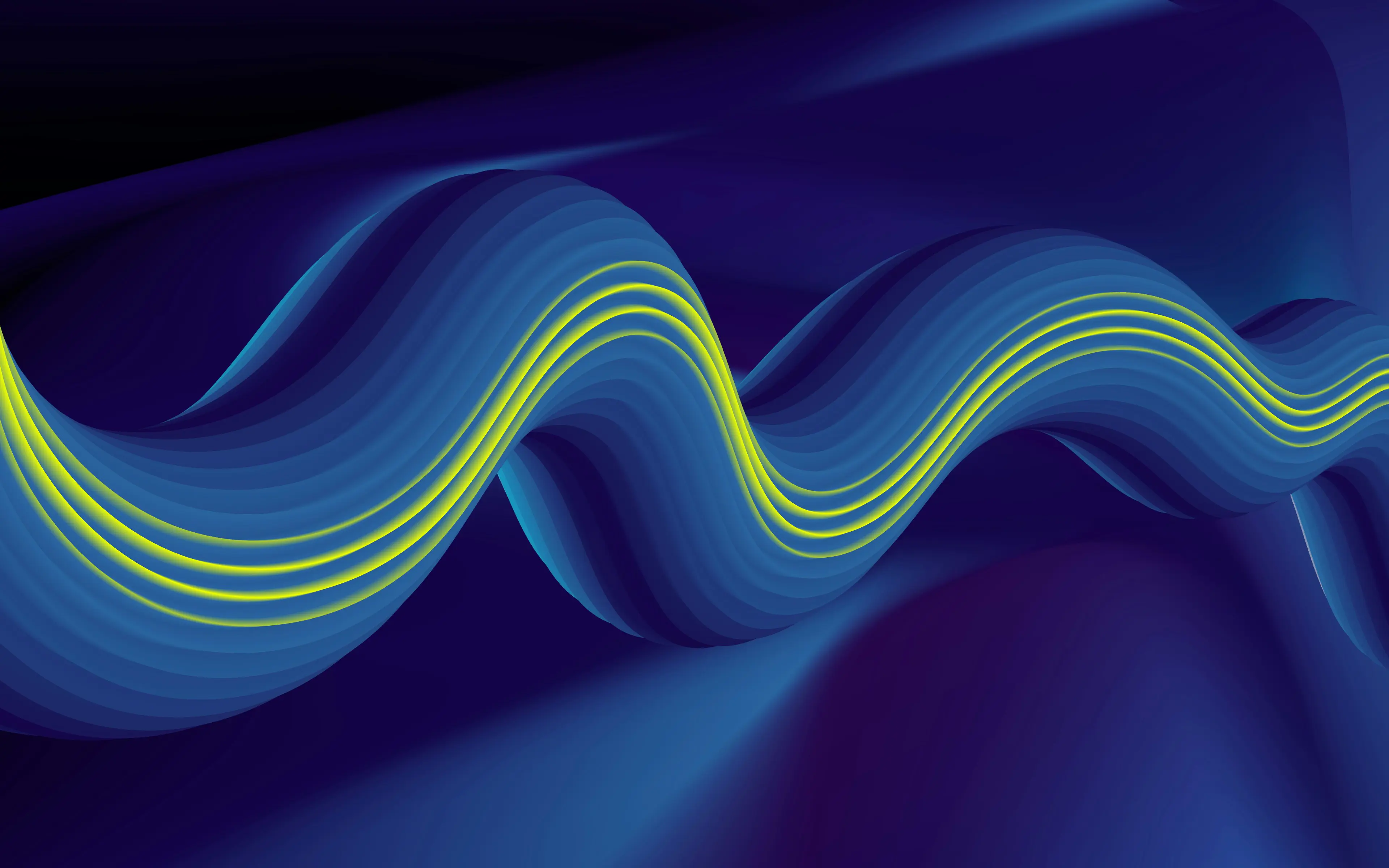Sound Waves Revolutionize Quantum Memory Storage

In the realm of quantum computing, traditional computers rely on bits, those familiar 0s and 1s. However, quantum computers use qubits, which can exist in a state of both 0 and 1 simultaneously, thanks to a phenomenon called superposition. While this makes quantum computers incredibly powerful, storing quantum information has remained a challenge.
Superconducting qubits, a common form of qubit, excel in performing computations but struggle with information storage. To address this, Caltech researchers have taken a novel approach. Graduate students Alkim Bozkurt and Omid Golami, under the guidance of Professor Mohammad Mirhosseini, have developed a method to extend the storage time of quantum states by converting electrical signals into sound waves.
Their breakthrough, published in Nature Physics, involves using a hybrid system that translates quantum information into vibrations of sound, known as phonons, in a device called a mechanical oscillator. This oscillator, akin to a tiny tuning fork, vibrates at extremely high frequencies, allowing it to interact with superconducting qubits.
According to Mirhosseini, "Once you have a quantum state, you might not want to do anything with it immediately. You need to have a way to come back to it when you do want to do a logical operation. For that, you need a quantum memory."
The team discovered that the mechanical oscillators have a lifetime about 30 times longer than traditional superconducting qubits, enabling extended storage of quantum information. This is because mechanical vibrations, unlike electromagnetic waves, do not spread in free space, preventing energy loss and ensuring stability.
This advancement presents exciting possibilities for quantum memory technology. The slow travel of acoustic waves compared to electromagnetic waves allows for compact device designs. Moreover, the reduced energy exchange between devices suggests scalability potential for integrating multiple oscillators on a single chip.
While the current system demonstrates significant improvements, Mirhosseini notes the need to enhance the interaction rate between electromagnetic and acoustic waves for practical applications. The researchers are optimistic, with ideas in development to further optimize this hybrid platform.
This pioneering work, supported by the Air Force Office of Scientific Research and the National Science Foundation, could pave the way for more efficient quantum computing systems. As quantum memory technology advances, the potential for revolutionizing computing as we know it comes ever closer to reality.